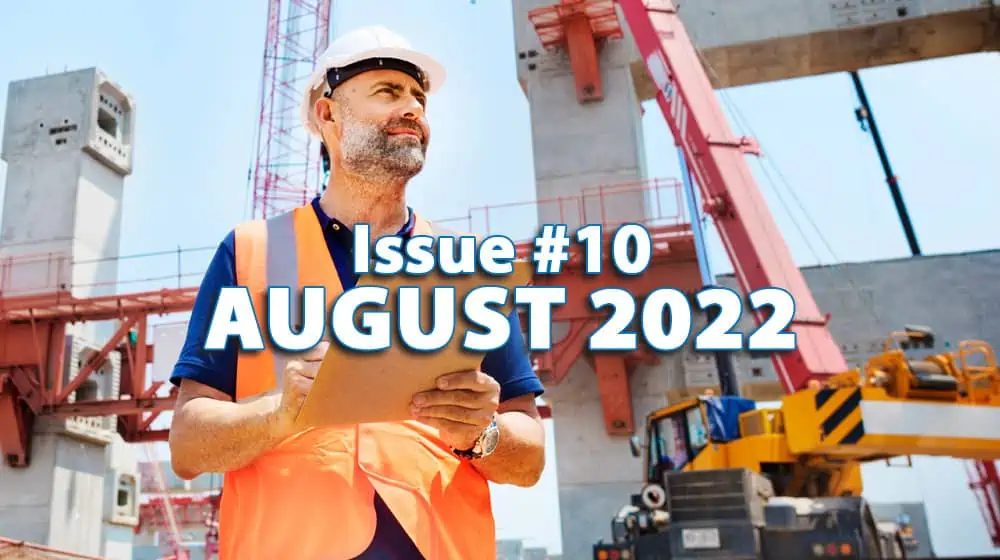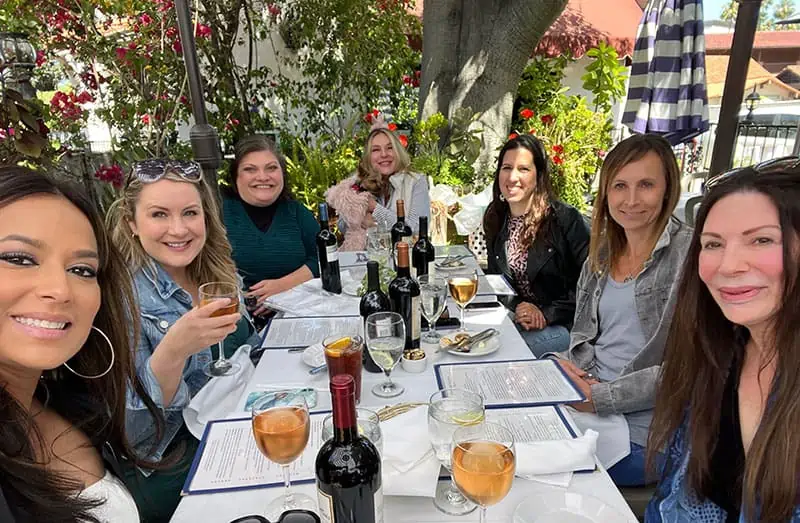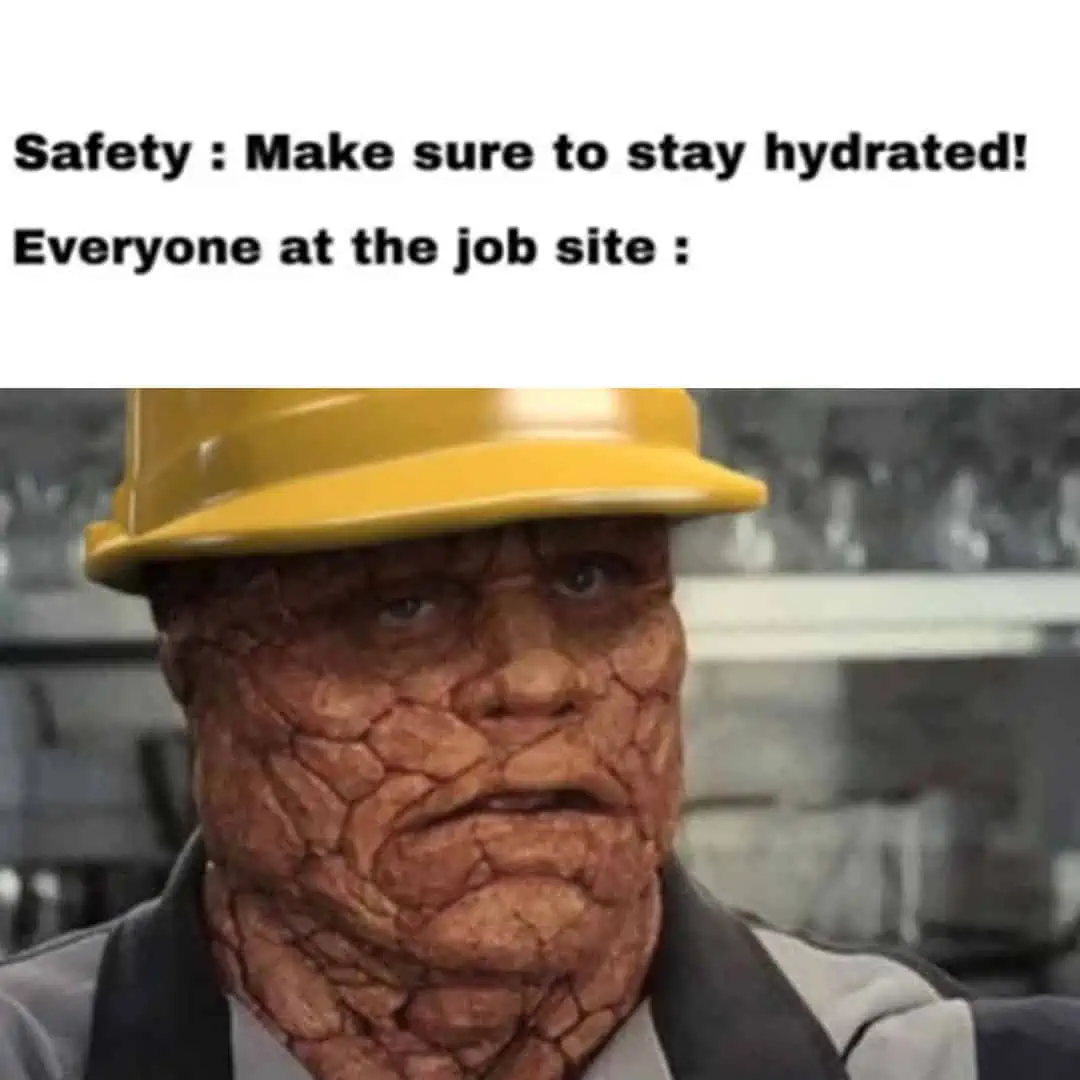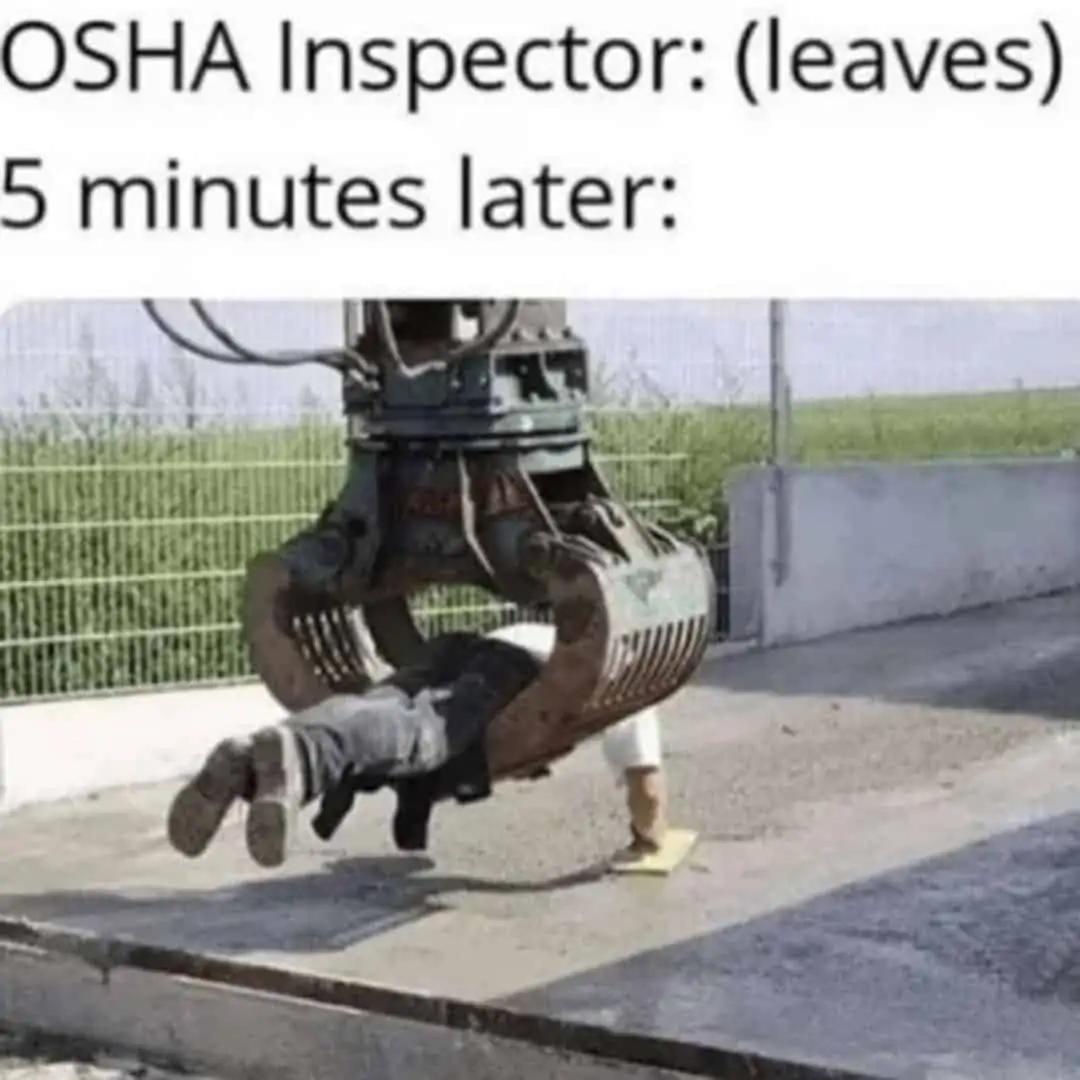

Issue # 10
August 2022
Featured in this edition:
The Safety Edition
- Safety Meeting Tips From RMOs
- Safety Tips and Links For The Jobsite
- Navigating the OSHA NEP
- Got A Story? Lunch Is On Us
Safety Meeting Tips From RMOs
Experienced RMOs share some tips for your safety meetings.
Got a tip of your own to share? Let us know in the comments below or email us at story@rmoagency.com
Safety Tips and OSHA Links For The Job Site
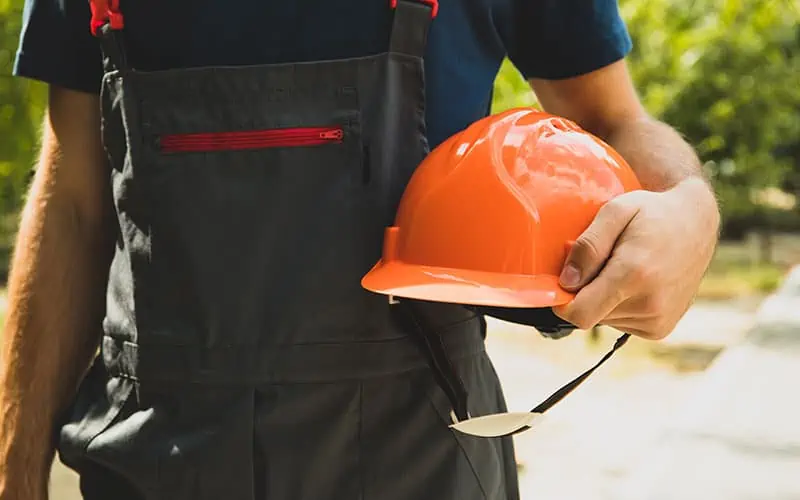
- Ongoing Safety Meetings. When new people join your crew, go over the entire safety protocol, get them up to speed with machine and equipment safety. Also, conduct weekly safety courses and promptly share any safety guidelines that change.
- Prevent Falls. When working on ladders, scaffolding, roofs, or other elevated surfaces make sure you plan ahead for safety to prevent falls. Include the cost of safety equipment to stop falls in job estimates as needed. Make sure you have the right equipment for the job early and ensure everyone is trained to use it properly.
- Prepare for Heat. Keep your crew safe from heat exhaustion, illness, and injury by providing water, rest and shade, ample breaks, emergency heat training, and tools to identify heat-related issues.
- Always Wear the Proper PPE. Personal protective equipment, or PPE, is “equipment worn to minimize exposure to hazards that cause serious workplace injuries and illnesses,” according to OSHA. It can include gloves, safety glasses, and shoes, earplugs or earmuffs, hard hats, respirators, coveralls, vests, or full-body suits, among other items. Get your crew suited up for each job with the right safety equipment.
- Identify Hazards. Some of the material you will handle out there can be poisonous. Train your crew in chemical, physical, and biological hazard identification and resolution. Conduct run-throughs and professional inspections often. Pay close attention to sickness and injuries, product storage, and equipment hazards.
- Be Prepared for Emergencies. If an emergency like a natural disaster, fire, or flood occurs does your crew know what to do, where to go, and how to stay safe? OSHA’s Emergency Preparedness and Response pages are filled with tips to help workers and employees across industries respond to emergencies.
- Review Site Ventilation. Make sure your working environment and airflow are clean and up to code. OSHA says, bad air quality “has been tied to symptoms like headaches, fatigue, trouble concentrating, and irritation of the eyes, nose, throat, and lungs.” Ensure proper ventilation for your industry with OSHA’s standards list.
- Keep a first aid kit handy. OSHA requires that employees are given a safe and healthy workplace that is free of occupational hazards. That doesn’t mean accidents won’t happen on the job site. Employers are required to have “medical and first aid personnel and supplies commensurate with the hazards” for the job. Learn what that means for your business and job site and ensure you’re meeting the necessary guidelines.
- Regulate work hours. More Americans are working long days or irregular hours. This not only leads to burnout and fatigue, but it can also lead to accidents on the job or poor overall health. To promote employee wellness, review your crew’s schedule. Are there enough breaks included in the day? Can you shift or swap schedules to help out an employee? Review OSHA’s worker fatigue FAQs.
- Empower employees. Encourage your employees to maintain safety standards and empower them to report hazards freely in accordance with their rights. OSHA recommends workers are able to “receive safety training in a language [they] understand, work on machines that are safe, receive required safety equipment, be protected from toxic chemicals, request an OSHA inspection and speak to the inspector, report an injury or illness and get copies of medical records, review records of work-related injuries and illnesses, and see results of tests taken to find workplace hazards.” Ensure your crew has all the information they need to be empowered at work.
Navigating the OSHA NEP
OSHA’s NEP was recently launched to drive the development of the first ever Federal Heat Standard to protect millions of workers from heat-related illness & death. Learn more about what to expect.
Got A Story? Lunch Is On Us...
Got a successful RMO-Contractor relationship? Meet for lunch, share your story & tips of good RMO practices, send us a video and lunch is on us!
Details apply, terms are stated below and at the end of the video.
Terms: Send the link to your video to:
Story@RMOAgency.com
Receipt required to redeem payment. Payment to be equal to receipt presented or $50, whichever is less. Compensation to be made in the form of a Visa or MC Gift Card. Video Must be 2-5 minutes in length. One submission per person per calendar month. By submitting, you attest the story you share is yours and accurate to the best of your recollection. By submitting you are allowing RMO Agency to use your video for promotional purposes without any further compensation to you or anyone else involved. RMO Agency reserves the right to determine if submissions are appropriate and useable, any submission determined inappropriate or unusable, will not be compensated.

